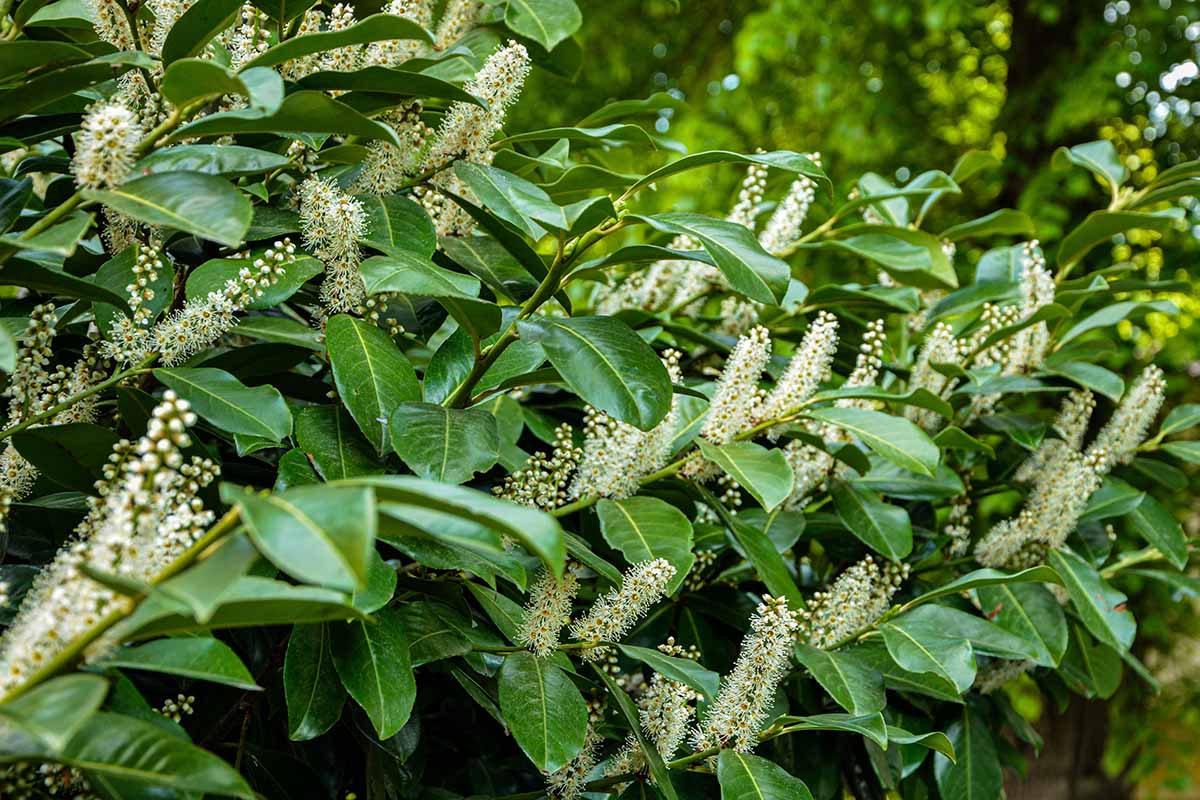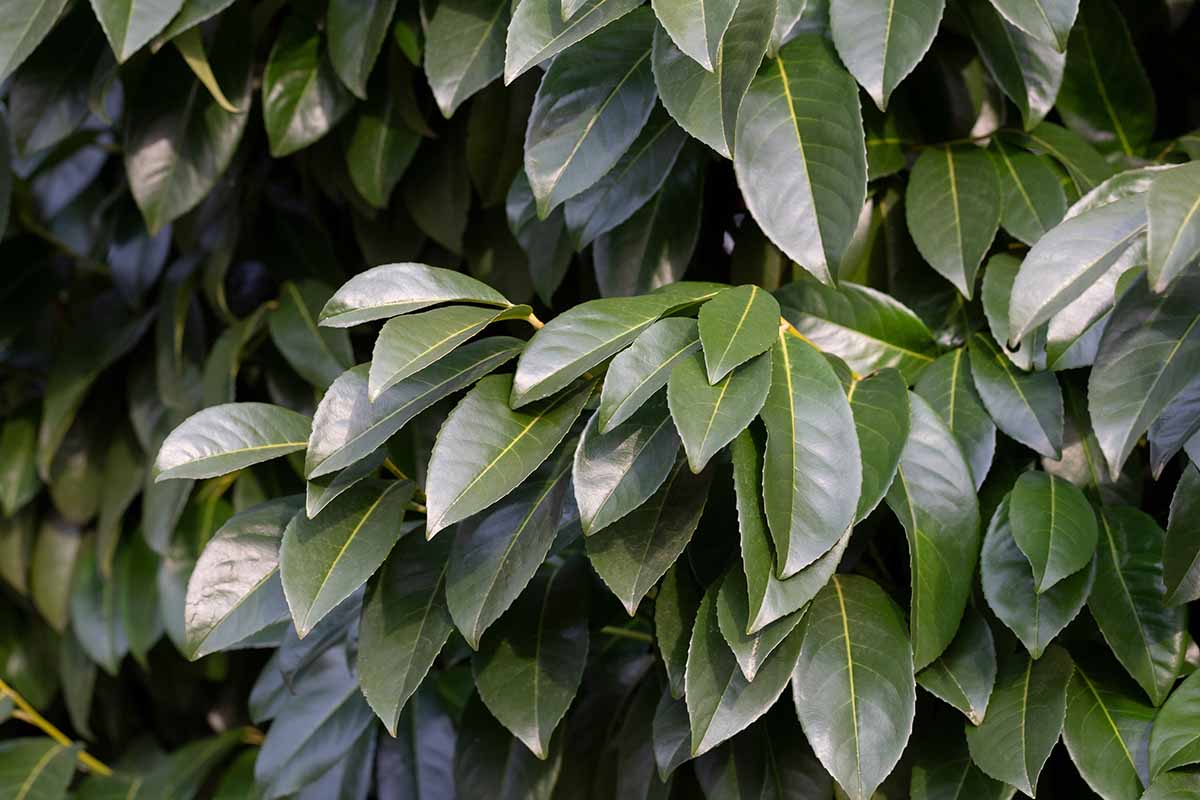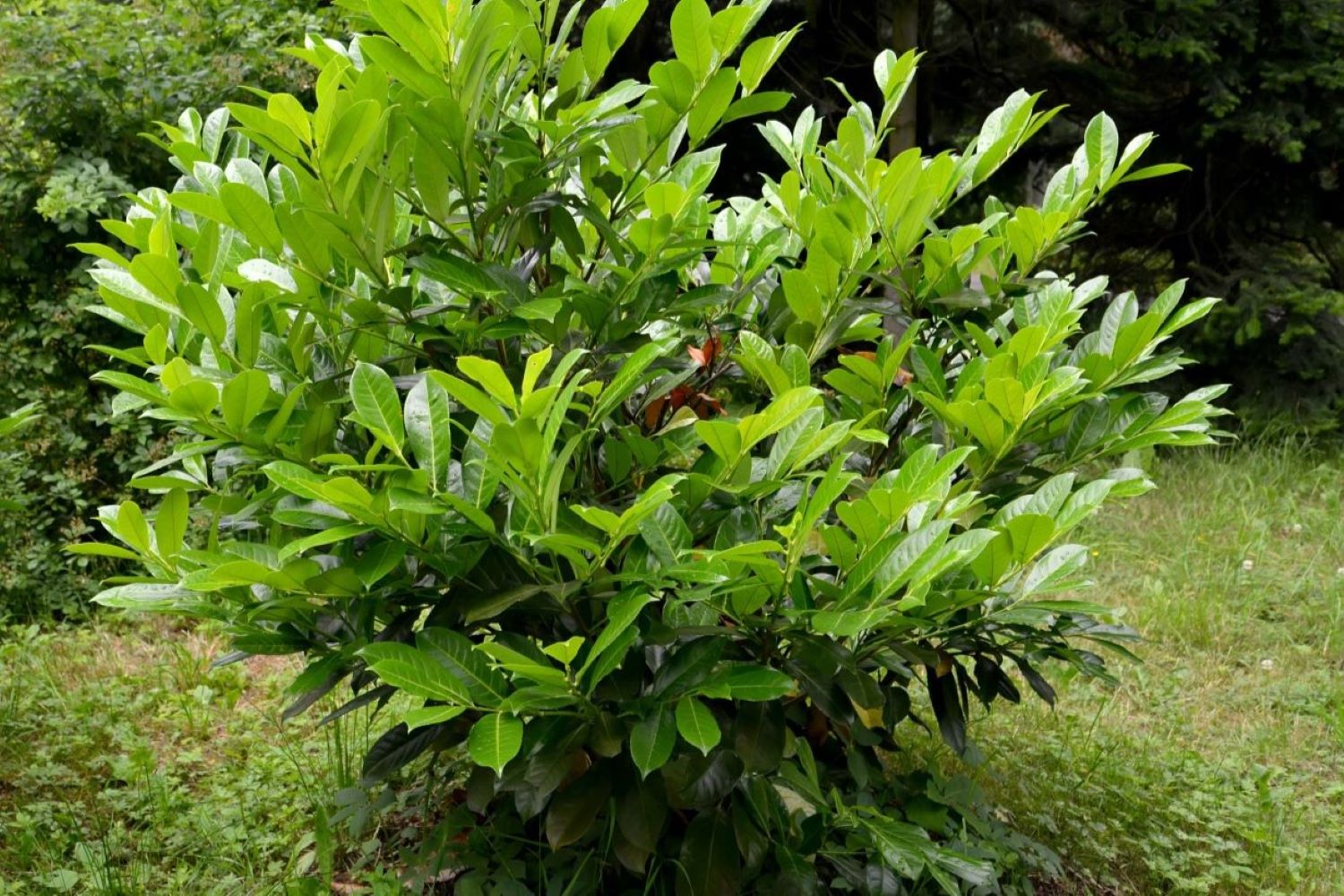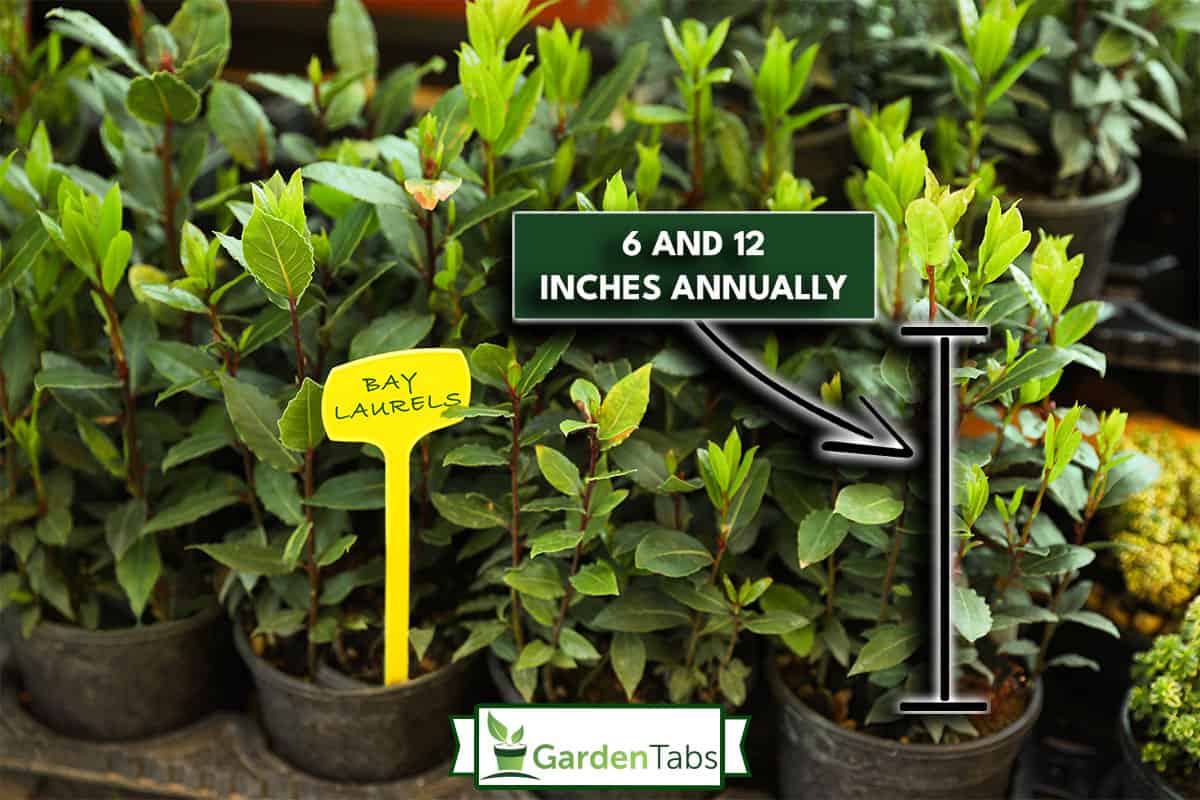Understanding Laurel Plant Growth Habits
Laurel plants, known for their attractive foliage and fragrant flowers, are a popular choice among gardeners and plant enthusiasts. However, to optimize their care and promote healthy growth, it’s essential to understand their growth habits. Laurel plants belong to the Lauraceae family and comprise over 3,000 species, including the popular Bay Laurel, Cherry Laurel, and Mountain Laurel. Each species has its unique growth characteristics, but most laurels are evergreen, meaning they retain their leaves year-round.
Laurel plants typically thrive in temperate climates with mild winters and cool summers. They prefer well-draining soil and partial shade to full sun, depending on the species. Understanding these growth habits is crucial for providing the right conditions for your laurel plant to flourish. By mimicking their natural habitat, you can encourage healthy growth and prevent common problems like root rot and leaf scorch.
One of the most common questions about laurel plants is “how fast do laurels grow?” The answer depends on the specific species, growing conditions, and care. On average, laurel plants can grow between 1-3 feet per year, but some species like the Bay Laurel can grow up to 5 feet per year in ideal conditions. Factors like light, temperature, water, and fertilization can impact the plant’s growth speed and overall health.
By understanding the growth habits of laurel plants, you can provide the best possible care and create an ideal environment for optimal growth. In the next section, we’ll explore the factors that affect laurel plant growth rate and how to create an ideal environment for your plant to thrive.
Factors Affecting Laurel Plant Growth Rate
Laurel plant growth rate is influenced by several factors, including light, temperature, water, soil quality, and fertilization. Understanding how these factors impact the plant’s growth speed and overall health is crucial for optimal care. Light, for example, plays a significant role in laurel plant growth. Most laurel species prefer partial shade to full sun, but some can tolerate deep shade. Insufficient light can lead to weak and spindly growth, while excessive light can cause leaf scorch.
Temperature is another critical factor affecting laurel plant growth rate. Laurel plants prefer temperatures between 65°F to 75°F (18°C to 24°C), but some species can tolerate temperatures as low as 40°F (4°C) or as high as 90°F (32°C). Extreme temperatures can impact the plant’s growth speed and overall health.
Water is also essential for laurel plant growth. Laurel plants prefer well-draining soil and consistent moisture, but overwatering can lead to root rot and other problems. Fertilization is also crucial, as laurel plants require a balanced diet of nutrients to promote healthy growth. A lack of essential nutrients can impact the plant’s growth rate and overall health.
Soil quality is another factor that affects laurel plant growth rate. Laurel plants prefer well-draining soil with a pH between 6.0 and 7.0. Poor soil quality can lead to nutrient deficiencies and impact the plant’s growth speed. By understanding how these factors impact laurel plant growth rate, you can create an ideal environment for your plant to thrive.
For example, if you’re wondering “how fast do laurels grow” in indoor conditions, you’ll need to consider the amount of light and temperature your plant is receiving. Indoor laurel plants may require more frequent watering and fertilization due to the lack of natural light and temperature fluctuations.
How to Create an Ideal Environment for Laurel Growth
Creating an ideal environment for laurel growth is crucial for optimal care and maximizing the plant’s growth potential. To achieve this, it’s essential to mimic the plant’s natural habitat as closely as possible. When choosing a location for your laurel plant, consider the amount of light it will receive. Most laurel species prefer partial shade to full sun, but some can tolerate deep shade.
Soil preparation is also critical for laurel growth. Laurel plants prefer well-draining soil with a pH between 6.0 and 7.0. If your soil is heavy clay or sandy, amend it with organic matter like compost or well-rotted manure to improve its structure and fertility. Additionally, ensure the soil is moist but not waterlogged, as laurel plants are susceptible to root rot in poorly draining soil.
Watering techniques are also important for laurel growth. Laurel plants prefer consistent moisture, but overwatering can lead to root rot and other problems. Water your laurel plant when the top inch of soil feels dry to the touch, and avoid getting water on the leaves to prevent fungal diseases.
By creating an ideal environment for your laurel plant, you can encourage healthy growth and maximize its growth potential. For example, if you’re wondering “how fast do laurels grow” in outdoor conditions, you’ll need to consider the amount of light and temperature your plant is receiving. Outdoor laurel plants may require more frequent watering and fertilization due to the varying weather conditions.
Another important aspect of creating an ideal environment for laurel growth is pruning and training. Pruning helps maintain the plant’s shape and promotes healthy growth, while training helps control the plant’s size and encourages it to grow in a desired direction. By pruning and training your laurel plant regularly, you can encourage optimal growth and prevent disease.
Laurel Plant Growth Stages: What to Expect
Laurel plants go through several growth stages, from seed germination to maturity. Understanding these stages is crucial for providing optimal care and promoting healthy growth. The first stage is seed germination, which typically occurs within 1-3 weeks after sowing. During this stage, the seedling develops its first set of leaves and begins to establish its root system.
The next stage is the seedling stage, which lasts for several weeks to a few months. During this stage, the seedling develops its second set of leaves and begins to produce roots. It’s essential to provide adequate light, water, and nutrients during this stage to promote healthy growth.
After the seedling stage, the laurel plant enters the sapling stage, which can last for several months to a few years. During this stage, the plant develops its stem and branches, and begins to produce leaves and flowers. It’s essential to prune and train the plant during this stage to promote optimal growth and shape.
The final stage is the mature stage, which can last for several years to decades. During this stage, the plant reaches its full height and spread, and produces abundant leaves and flowers. It’s essential to continue providing optimal care, including pruning and fertilization, to promote healthy growth and prevent disease.
By understanding the different growth stages of laurel plants, you can provide optimal care and promote healthy growth. For example, if you’re wondering “how fast do laurels grow” in the seedling stage, you can expect the seedling to develop its first set of leaves within 1-3 weeks after sowing. With proper care, the seedling can grow into a healthy and thriving laurel plant.
It’s also essential to note that laurel plants can take several years to reach maturity, and their growth rate can vary depending on factors such as light, temperature, and soil quality. By providing optimal care and creating an ideal environment, you can promote healthy growth and maximize the plant’s growth potential.
Pruning and Training for Optimal Laurel Growth
Pruning and training are essential techniques for promoting optimal growth and shape in laurel plants. Pruning involves removing dead, diseased, or damaged branches to maintain the plant’s health and encourage new growth. Training, on the other hand, involves shaping the plant to achieve a desired shape or size.
Laurel plants can be pruned at any time of the year, but the best time to prune is during the dormant season, when the plant is not actively growing. This allows the plant to heal quickly and reduces the risk of disease or pest infestations. When pruning, make clean cuts just above a growth node, and remove any weak or spindly growth.
Training laurel plants involves providing support and shaping the plant to achieve a desired shape or size. This can be done using stakes, trellises, or other supports. For example, if you want to grow a laurel plant as a hedge, you can train it to grow upright by providing a trellis or stake for support.
Pruning and training can also help promote healthy growth and prevent disease. By removing dead or diseased branches, you can prevent the spread of disease and encourage new growth. Additionally, pruning and training can help control the plant’s size and shape, making it easier to maintain and care for.
For example, if you’re wondering “how fast do laurels grow” in terms of height, pruning and training can help control the plant’s height and promote a more compact growth habit. By pruning regularly and providing support, you can encourage the plant to grow more slowly and maintain a desired height.
Overall, pruning and training are essential techniques for promoting optimal growth and shape in laurel plants. By pruning regularly and providing support, you can encourage healthy growth, prevent disease, and achieve a desired shape or size.
Common Challenges and Solutions for Laurel Plant Growth
Laurel plants can be susceptible to various challenges that can impact their growth and health. Some common challenges include pests, diseases, and nutrient deficiencies. Pests such as aphids, whiteflies, and spider mites can infest laurel plants, causing damage to the leaves and stems.
Diseases such as root rot, leaf spot, and powdery mildew can also affect laurel plants, causing symptoms such as yellowing leaves, black spots, and white powdery growth. Nutrient deficiencies, such as lack of nitrogen, iron, or magnesium, can also impact laurel plant growth, causing symptoms such as yellowing leaves, stunted growth, and reduced flowering.
To address these challenges, it’s essential to provide optimal care and take preventative measures. For example, regular pruning and training can help prevent pest infestations and diseases. Additionally, using organic pest control methods, such as neem oil and insecticidal soap, can help control pest populations.
For diseases, using fungicides and bactericides can help control infections. Nutrient deficiencies can be addressed by providing a balanced fertilizer and ensuring the soil has adequate nutrients. By addressing these common challenges, you can promote healthy growth and maximize the growth potential of your laurel plant.
For example, if you’re wondering “how fast do laurels grow” in terms of recovery from pests or diseases, the answer depends on the severity of the infestation or infection. With proper care and treatment, laurel plants can recover quickly and continue to grow and thrive.
By being aware of these common challenges and taking preventative measures, you can ensure your laurel plant grows and thrives. Regular monitoring and maintenance can help prevent problems and promote healthy growth, allowing you to enjoy the beauty and fragrance of your laurel plant for years to come.
Laurel Plant Growth Rate: What to Expect in Different Conditions
Laurel plants can grow in a variety of conditions, but their growth rate can vary depending on the specific environment. For example, laurel plants grown indoors may grow more slowly than those grown outdoors, due to the limited light and temperature fluctuations.
In terms of light, laurel plants can grow in full sun to partial shade. However, those grown in full sun may require more frequent watering and fertilization to prevent scorching and nutrient deficiencies. Those grown in partial shade may require less frequent watering and fertilization, but may still benefit from regular pruning and training.
Soil quality also plays a significant role in laurel plant growth rate. Well-draining soil with a pH between 6.0 and 7.0 can promote healthy growth and prevent root rot. Poor soil, on the other hand, can lead to stunted growth and increased susceptibility to disease.
For example, if you’re wondering “how fast do laurels grow” in indoor conditions, you can expect a slower growth rate compared to outdoor conditions. However, with proper care and attention, indoor laurel plants can still thrive and provide beautiful foliage and fragrant flowers.
In general, laurel plants can grow at a rate of 1-3 feet per year, depending on the specific conditions. However, this rate can vary depending on factors such as light, temperature, water, and soil quality. By understanding the specific conditions that affect laurel plant growth rate, you can set realistic expectations and provide optimal care for your plant.
By considering the specific conditions that affect laurel plant growth rate, you can create an ideal environment for your plant to thrive. Whether you’re growing laurel plants indoors or outdoors, in full sun or partial shade, with proper care and attention, you can enjoy the beauty and fragrance of these lovely plants.
Conclusion: Maximizing Laurel Plant Growth Potential
In conclusion, understanding laurel plant growth habits and creating an ideal environment are crucial for optimal growth and maximizing the plant’s potential. By considering the factors that influence laurel plant growth rate, such as light, temperature, water, soil quality, and fertilization, you can create an ideal environment for your plant to thrive.
Additionally, understanding the different growth stages of laurel plants, from seed germination to maturity, can help you provide optimal care and address any challenges that may arise. Pruning and training are also essential techniques for promoting healthy growth and preventing disease.
By following the tips and advice outlined in this article, you can unlock the growth potential of your laurel plant and enjoy its beautiful foliage and fragrant flowers for years to come. Remember to experiment and find the best approach for your specific laurel plant, and don’t hesitate to seek advice from a gardening expert if you have any questions or concerns.
Finally, if you’re wondering “how fast do laurels grow,” the answer depends on the specific conditions and care provided. With proper care and attention, laurel plants can grow at a rate of 1-3 feet per year, making them a great choice for gardeners and plant enthusiasts.
By maximizing the growth potential of your laurel plant, you can enjoy its many benefits, including its attractive foliage, fragrant flowers, and ability to attract pollinators and other wildlife. With the right care and attention, your laurel plant can thrive and become a beautiful and fragrant addition to your garden or indoor space.








